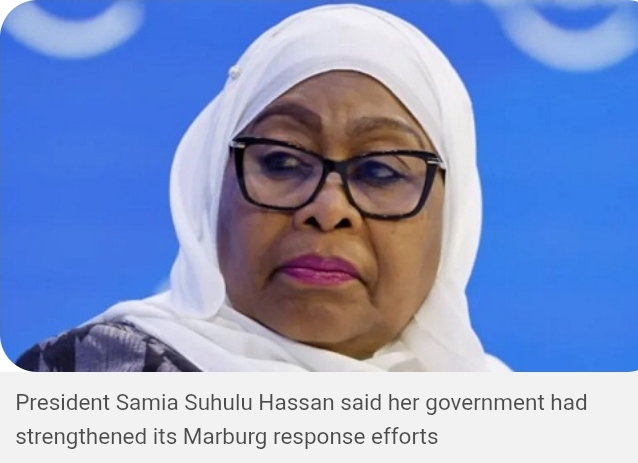According to the report global services trade experienced a significant increase in 2023, driven by the rapid growth of digital services.
The data showed that global services exports increased by 8.3% in 2023, reaching $7.9 trillion. International travel receipts increased by 34%, reaching over $1.5 trillion, while transport exports suffered an 11% decline.
Developing economies in Asia and Oceania recorded a merchandise trade surplus of 13% of the value of exports, driven by high exports of manufactured goods. In contrast, Africa’s high imports of manufactured products and a negative balance in food and agricultural raw materials led to a negative 14% trade balance.
The data also highlighted the growing importance of digital services in global trade. Exports of telecommunication, computer, and information services are outpacing other services, with an average annual growth rate of 14% in Asia from 2018 to 2023.
In 2023, travel services exports recovered post-COVID-19, while transport exports decreased due to less merchandise trade. Among the main service categories, travel exports recorded the highest growth in 2023, surpassing levels recorded in 2019 before the pandemic.
The report also revealed that digitally deliverable services are growing faster than other services in both developed and developing economies. In 2021, world digitally deliverable services exports increased by 18%, and the expansion continued in 2022 and 2023.
Developing economies are also increasingly diversifying their services trade into knowledge-intensive services, accounting for almost half of their services exports in 2023. However, Africa’s services exports remain largely dependent on travel and transport, with limited diversification into knowledge-intensive services.
Overall, the data disclosed that the growing importance of digital services in global trade and the need for developing economies to diversify their services exports to remain competitive in the global market.
Global Merchandise
The report also highlighted that global merchandise trade experienced a significant decline in 2023, with developing economies bearing the brunt of the downturn.
The data showed that merchandise exports decreased across the globe in 2023, with developed economies registering a 2.8% decline and developing economies experiencing a steeper 6.2% drop. The decline was particularly pronounced in Africa, where exports decreased by 9.8%.
The global export value reduced by 4.3% in 2023, but remains significantly higher than pre-COVID-19 levels. The decline was driven by a sharp decrease in fuel prices, which led to a 23% plunge in fuel exports.
Developing economies in Asia and Oceania recorded a merchandise trade surplus of 13% of the value of exports, driven by high exports of manufactured goods. In contrast, Africa’s high imports of manufactured products and a negative balance in food and agricultural raw materials led to a negative 14% trade balance.
The data also highlights the regional pattern of merchandise trade. Economies in Northern and Central America, Europe, and Southern, Eastern, and South-eastern Asia exported mainly manufactured goods, while economies primarily exporting fuels were located along the northern coast of South America, in Middle and Northern Africa, and Western and Central Asia.
In terms of trade structure by partner, the world’s largest bilateral flows of merchandise trade run between China and the United States of America. In 2023, goods worth $448 billion were imported by the United States from China, while China imported $165 billion worth of goods from the United States.
The data also showed that more than 50% of trade is intra-regional in Europe and Asia. In 2023, 68% of all European exports were to trading partners on the same continent, while in Asia, this rate was 58%.
In terms of trade indicators, the volume of merchandise exports stagnated throughout 2023, but reversed in the first quarter of 2024, driven by the strong quarter-on-quarter export performance of developing economies.
Product concentration index
The report saw that the market concentration index of exports shows that manufactured products have the highest concentration of global supply from a few exporting economies since 2005. Food exports have been the most diversified product group over the last decade.
The product concentration index of exports shows that Western Asia and Northern Africa have the highest export concentration ratio among regions, with several Sub-
Global Economy Sees Uneven Growth, Rising Inequality, and Shifts in Trade and Investment
The report which was dubbed ‘Handbook of Statistics’ has revealed a mixed picture of the global economy, with uneven growth, rising inequality, and significant shifts in trade and investment patterns.
Economy
According to the report, the global economy grew by 2.7% in 2023, down from 3.1% in 2022. However, this growth was largely driven by developed economies, which saw a growth rate of 1.7%, while developing economies grew at a rate of 4.1%.
The report also highlighted the significant disparities in income and wealth within and between countries. The majority of developed economies have a per capita gross domestic product (GDP) of over $30,000, while two in five developing economies in Africa have a per capita output of less than $1,000.
In terms of trade, the report noted that global services trade grew by 8.3% in 2023, driven by the rapid growth of digital services. However, the report also highlights the challenges facing developing economies in the current global trade landscape, particularly in terms of diversification and inclusivity.
The report also examined foreign direct investment (FDI) flows, which decreased marginally by 2% to $1.33 trillion in 2023. While FDI flows to developed economies increased by 9% to $464 billion, flows to developing economies fell by 7% to $867 billion.
In terms of regional trends, the report notes that developing Asia and Oceania remained the largest recipient of FDI, accounting for 47% of global inflows. Developing Africa, meanwhile, accounted for 4% of global FDI, and developing Americas for 15%.
The report also highlights the importance of commodity prices, which dropped by nearly 24% in 2023, led by a 32.1% decline in fuel prices. However, prices for the all food group only decreased by 8.5%, and prices for minerals, ores, and metals increased by 1.1%.
By Kwame Larweh











